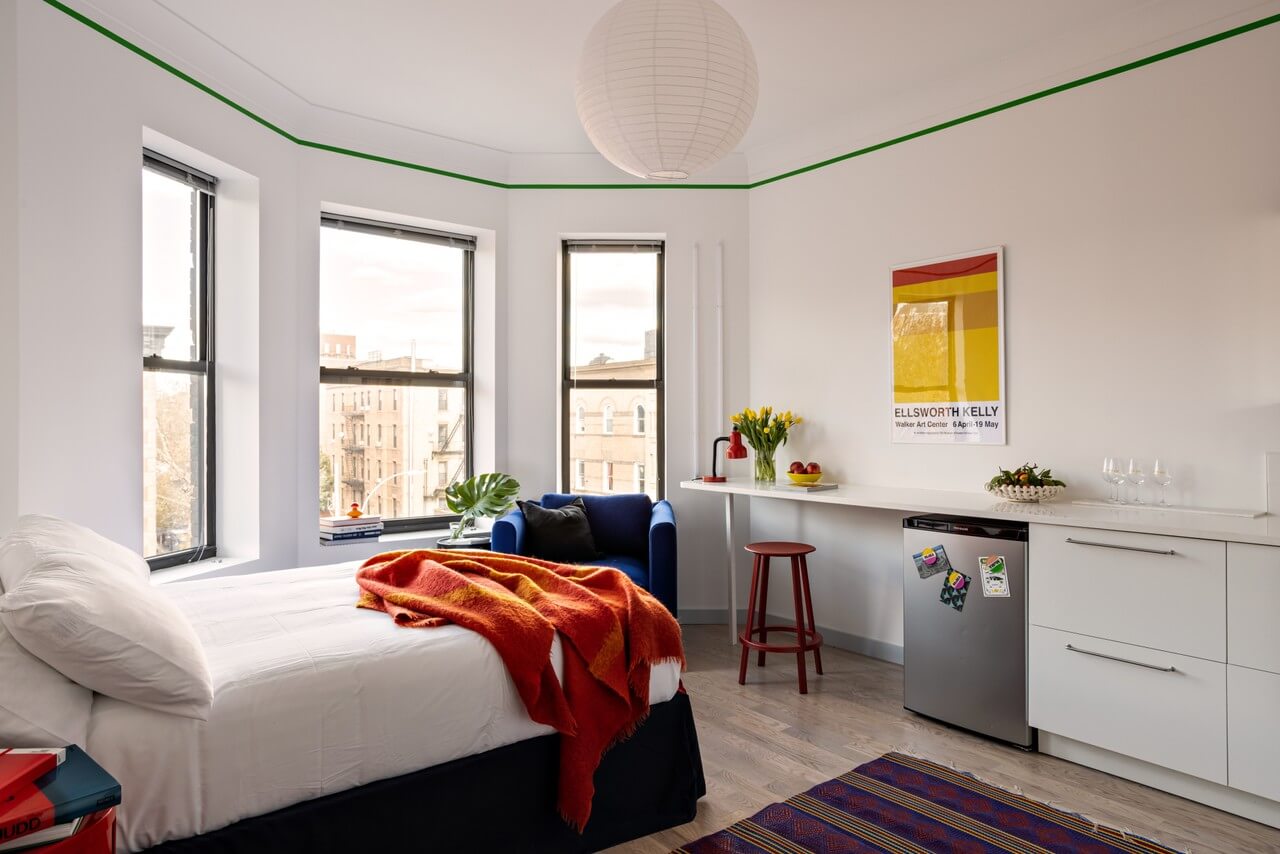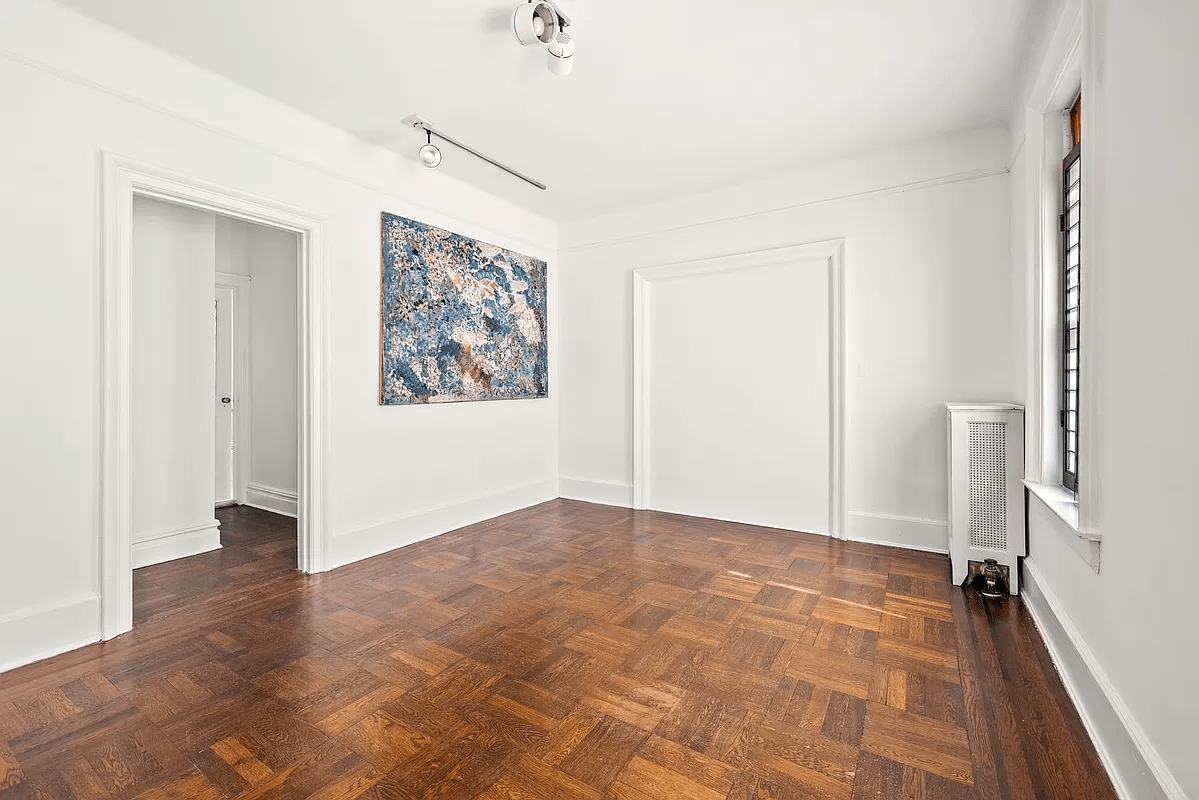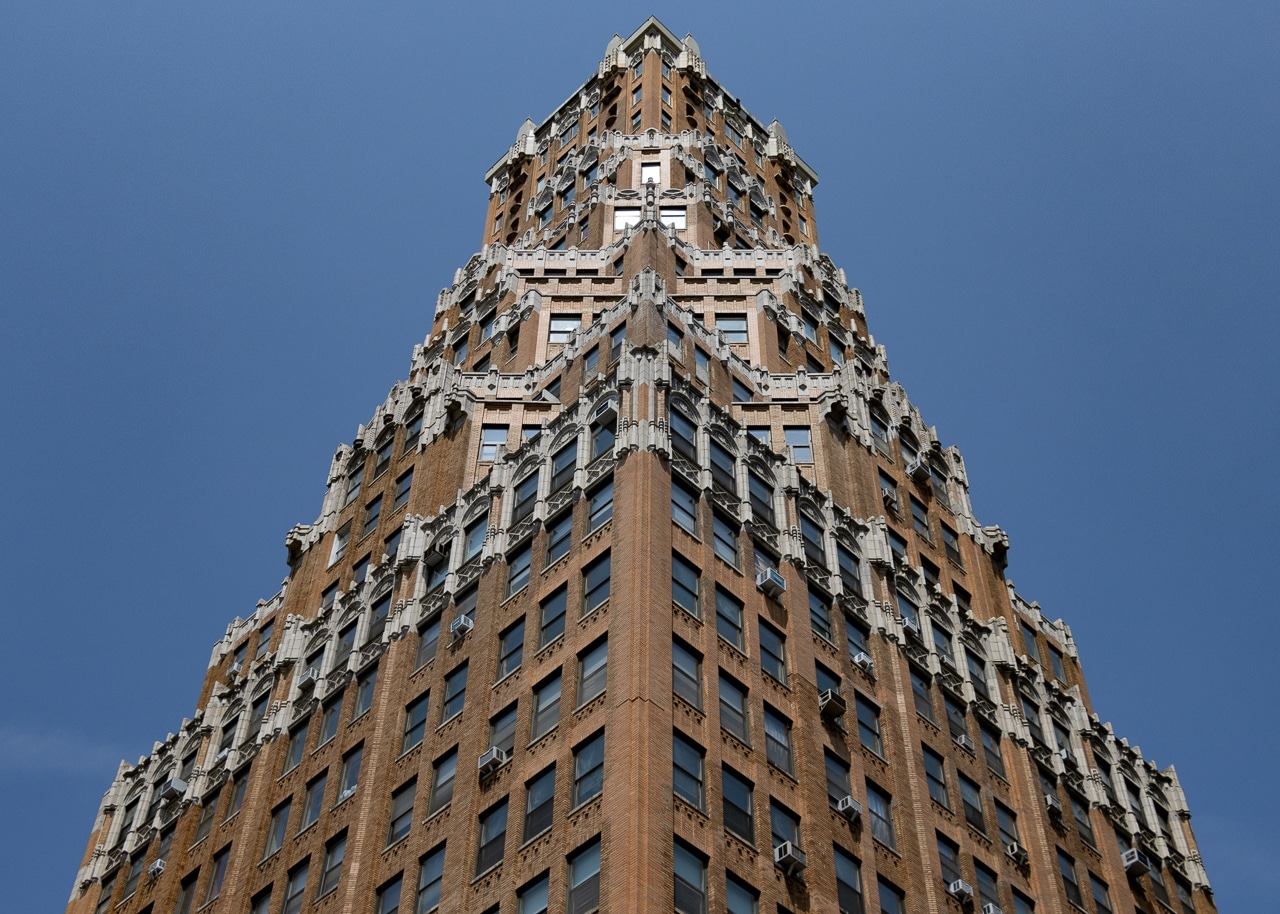Walkabout: Lane Bryant and the Riches of Expectation, Part 4
Read Part 1, Part 2, and Part 3 of this story. By the time Lane Bryant, the maternity and plus-sized women’s clothing chain, reached its 50th year anniversary in 1954, it was on top of the fashion world. Who would have dreamed that maternity and “fat ladies’ clothes” could not only be lucrative, but would be…


Read Part 1, Part 2, and Part 3 of this story.
By the time Lane Bryant, the maternity and plus-sized women’s clothing chain, reached its 50th year anniversary in 1954, it was on top of the fashion world. Who would have dreamed that maternity and “fat ladies’ clothes” could not only be lucrative, but would be on the cutting edge of fashion?
The reasons were simple – good products, and a respect and love for the customer. Lane Bryant made fashionable, stylish clothing of all kinds for their special-sized customers. They didn’t marginalize them to a rack hidden in the back of the store, or design down for them.
They made their customers feel that they were just as worthy of a fine shopping and fashion experience as their thinner sisters, and offered products and services that reflected that philosophy.
Downtown Brooklyn saw its first Lane Bryant store in 1922. It was a large four story building constructed for Lane Bryant, with entrances on Hanover Place and Livingston Street, near Flatbush Avenue.
By the end of World War II, they had outgrown the space, and in 1950 moved to the former Balch-Price Building on the corner of Fulton and Smith Streets. Lane Bryant herself, now 71 years old, was on hand for the opening ceremonies and the ribbon cutting.
By this time, she had retired, and left the running of the company to her oldest child, Rafael Bryant Malsin. He had been with the company from the beginning.
As a young widow just starting out in the business she had pawned her most precious possessions to start, Lena Bryant had set her baby son in her lap while she sewed. He husband, jeweler David Bryant, had died only months after Lena gave birth. Sewing was the means of survival for herself and her child.
Lena ran a custom clothing shop, and soon found herself in the custom maternity business. She turned that into a line of fashionable maternity wear, the first of its kind in the nation.
She was soon quite busy, as off the rack maternity wear was unprecedented. The company name was changed forever to Lane Bryant when Lena’s name was misspelled on a bank application. It became one of the most well-known names in the fashion industry.
By the time she married Albert Malsin, in 1909, Lena Bryant had her second shop, at 19 West 38th Street, with twelve employees cutting and sewing full time. She now had a successful maternity business, the details of which can be found in Part One of this story.
Albert Malsin was an engineer by training, but had great ideas on how to grow the business. He became the genius behind the scenes, getting advertising, growing the brand through mail order catalogs, and coming up with new innovations in garment center practices and techniques.
The couple had three more children, and moved to the suburbs. But all too soon, Albert Malsin was gone, the victim of a sudden fatal illness. He died in 1923, the year after the Brooklyn store opened. Lane Bryant Malsin never married again.
Over the years, Lena poured her grief into the business the two had grown, and as soon as he was old enough, Rafael began working for the company, taking his step-father’s place as head of operations. He had also taken his stepfather’s name. In 1938, Raphael Bryant Malsin, the seamstress’s son, educated at Yale, became CEO.
Parts Two and Three of this story chronicle the further growth of Lane Bryant, as well as their amazing success in catering to their specialty sized customers.
For many years, a trip to Lane Bryant was an elegant and pampered shopping experience, rivaling what a customer could have at Lord & Taylor, Saks Fifth Avenue, Loeser’s or Abraham & Straus. Behind the scenes, Lane Bryant became an excellent place to work, with fair wages, employee benefits, profit sharing, insurance and bonuses. A quarter of the traded stock in the company was reserved for employee purchase. This was unprecedented for its time.
The company also sponsored and took part in charity and community events, and gave generously to Jewish organizations, as well as the Red Cross and other charitable causes. During both World Wars, they collected for the war effort, and supported and participated in various patriotic programs.
After the war was over, Lane Bryant stores across the country were receiving stations for clothing and goods collected for distribution to war victims in a devastated Europe.
At Lane Bryant’s own suggestion, the company worked with the Red Cross, promising to replace any Lane Bryant customer’s wardrobe, if it was lost in a disaster.
In Texas, after a huge fire in 1947 called the Texas City Disaster, Lane Bryant made good on her word, and replaced the wardrobes of 57 mail order customers whose homes had been destroyed. Other similar situations occurred with the same result.
When the new Brooklyn store had its grand opening in 1950, the company was already planning their upcoming 50th year anniversary. It technically would take place in 1954, but the sales and the hoopla started early. By now, Lane Bryant had semi-retired.
Rafael was now running the company, and two of her other children were also involved in the business. The publically traded company also had other officers and executives, not to mention over 3,500 employees.
Lane Bryant didn’t live to see her actual 50th anniversary. She died of a heart attack in 1951, at the age of 72. All of the Lane Bryant stores and the factories closed the day of her funeral in her honor. She is buried in Mount Pleasant Cemetery in Valhalla, NY.
At her death, she was living again on Fifth Avenue; no longer behind her shop on 120th Street, but in a fine apartment on Carnegie Hill overlooking Central Park. Raphael and his siblings were left the company in her will.
Her second son, Theodore, was the Secretary of the Corporation, Raphael was the President. Her other son Arthur became an architect, and later, a store executive, as well. The daughter, Helen, did not seem to have a part in the business.
Lane Bryant continued as before for the rest of the 1950s, and early 1960s. Their clothing continued to be high fashion for larger sizes, for both women and girls.
They also continued their lines for maternity wear, and petite and tall sizes. In 1961, the company bought Town and Country, a Pennsylvania based discount department store. They would hold that company, and its clothing line, until 1977, when it was phased out.
The 1970s saw many changes to the company. By then, many of the old executives who had known Lane Bryant were gone. Raphael, known as Ray, retired in 1972, but remained on the board. Shopping had changed as society changed during the Vietnam War era, and the pampered shopping experience for all but the most exclusive specialty stores and departments had quietly ended.
The modern shopper was young, in a hurry; wanted trendy clothing, and no longer had the time or desire for a long drawn out shopping experience. Department stores in general were scrambling to meet the needs of a new generation of customers.
In 1980, Raphael and his half-brother Arthur got in an ugly fight over control of the company and its future. There were policy disputes and litigation. In 1982, the company was sold to the Limited Corporation, a large conglomerate of fashion industry labels, which today includes Victoria’s Secret, Bath and Body Works and Henri Bendel.
They also owned Abercrombie & Fitch and the now defunct Lerner Shops. Lane Bryant was purchased as a separate subsidiary. Raphael died at the ripe old age of 95, in 1995.
Without the care of a designer like Lane Bryant, who actually cared about how her customers looked, newer designers were turning out lines that were not fashion forward. By the 1980s, Lane Bryant was not known for its attractive larger sized clothing, it was known for cheap, unstylish fat clothes.
Shapeless tent dresses and muumuus, unflattering elastic waist pants and skirts, all in polyester and unflattering colors and prints. But because there wasn’t much choice in the market, the company still stayed relatively successful, but not like before. It was no longer the fashionable shop with ads in all of the papers.
In 1999, the Limited sold Lane Bryant to Charming Shoppes, another owner of plus-sized clothing shops. Around that time, Lane Bryant began to change its image again.
They began paying attention to fashion and customer’s needs, introducing new lines, and bringing in well-known guest designers to design special lines for them. They also spent a lot of money re-doing their retail stores.
A large new Lane Bryant opened in Manhattan, next door to Lord & Taylor, around the corner from the original Lane Bryant building on 38th Street. It was stylish and trendy. Unfortunately, that store only lasted a couple of years.
The new store, as well as all of the chain’s stores, featured fashionable clothing in the same styles and fabrics as mainstream popular fashion. They introduced new lines of jeans, denim jackets and skirts. They brought back sexy underwear and lingerie, and featured leather jackets and coats, and fashionable sportswear, separates and dresses.
They even began stocking plus-sized lines of hosiery, jewelry, hats, scarves and accessories. It was all priced well, looked great and best of all, was fashionable for their target market of young women and working women. Large ladies everywhere rejoiced, and spent money, lots of it.
They also started a new marketing campaign, featuring beautiful plus sized and full figured models. They began an ad campaign emphasizing curvy, sexy women, and hired well known larger actresses and entertainers as spokeswomen for the brand.
Their models and spokeswomen were of all races, colors and backgrounds. They were not all tall or super skinny, although their main print ads and commercials continued to feature the smallest plus sized models, who were size 12’s. But still, the clothing was available to size 32.
In 2010, Lane Bryant ran a series of lingerie commercials featuring a curvy, size 12 Ashley Graham in their new lingerie line. The 30 second commercials were slated to run during “Dancing With the Stars” and “American Idol.” ABC and Fox censored the commercials.
Lane Bryant cried foul, accusing the networks of bias and discrimination, pointing out that neither network had problems running commercials for Victoria’s Secret, commercials which were much more revealing and were, in fact, soft porn. The networks finally agreed to run the ads, but only after 9pm, after “the family hour”. A double standard, indeed.
Today, Lane Bryant continues as a strong company. The Brooklyn store has been in business for 92 continuous years, 28 years on Hanover Place, and 64 years on Fulton Street. That’s a record of some kind, and should be celebrated.
As far as I can tell, that makes Lane Bryant the longest continuing clothing store operating under the same name in downtown Brooklyn, perhaps in all of Brooklyn. The store only uses two stories of selling floor now, not four, but is still going strong, serving an underserved market share. Not bad for a marginalized, and often ignored “fat ladies’ store.”










What's Your Take? Leave a Comment